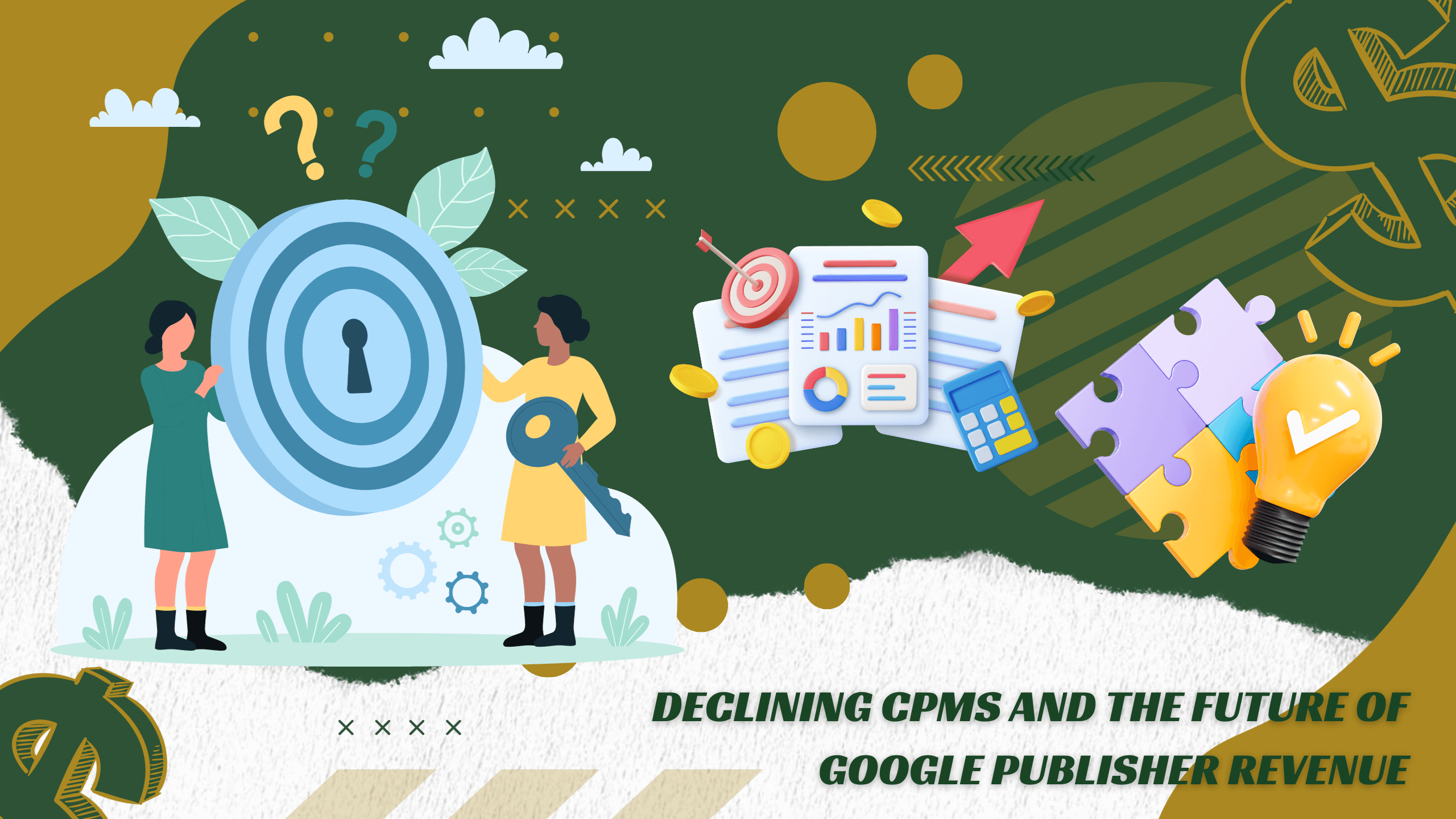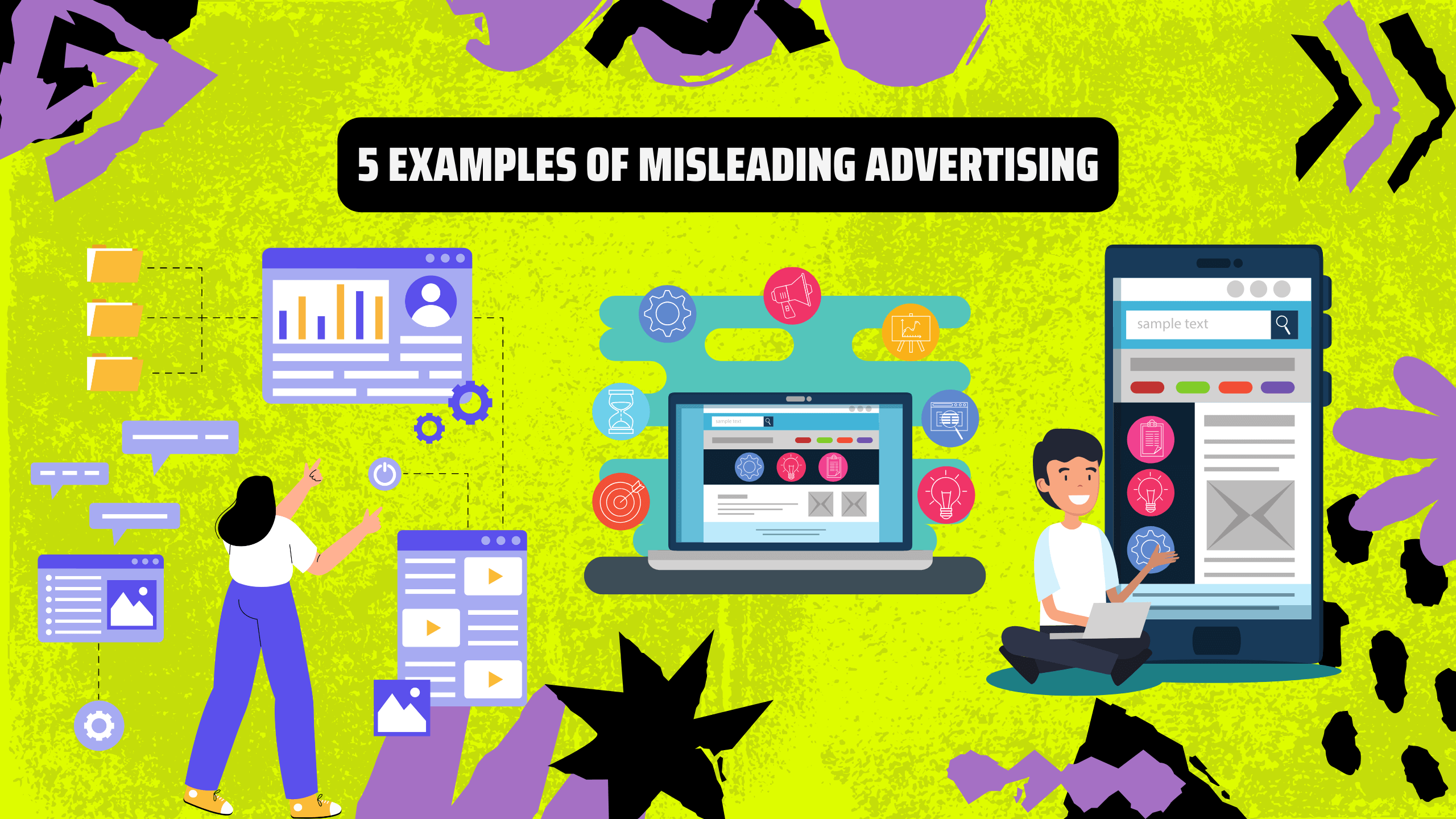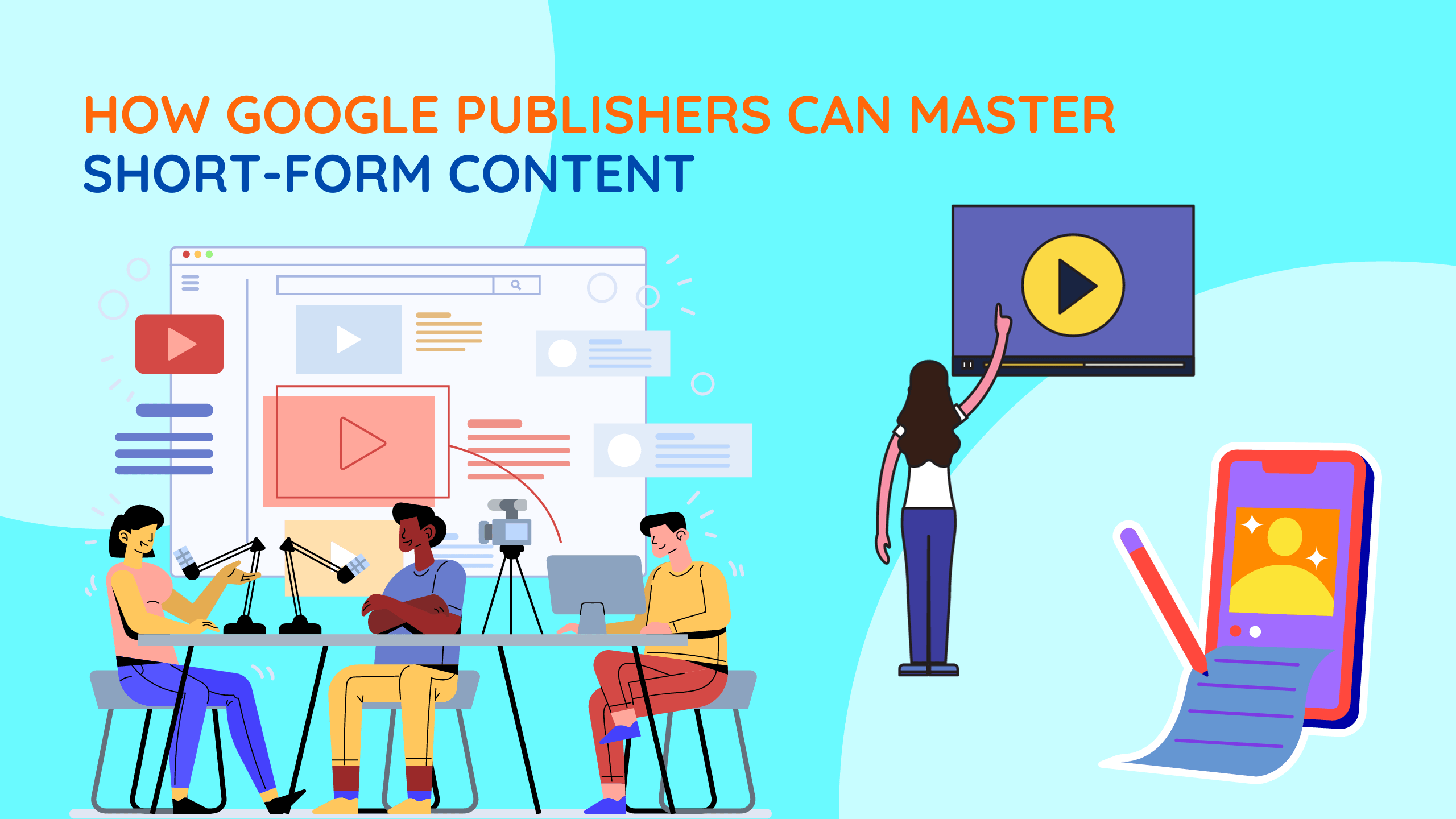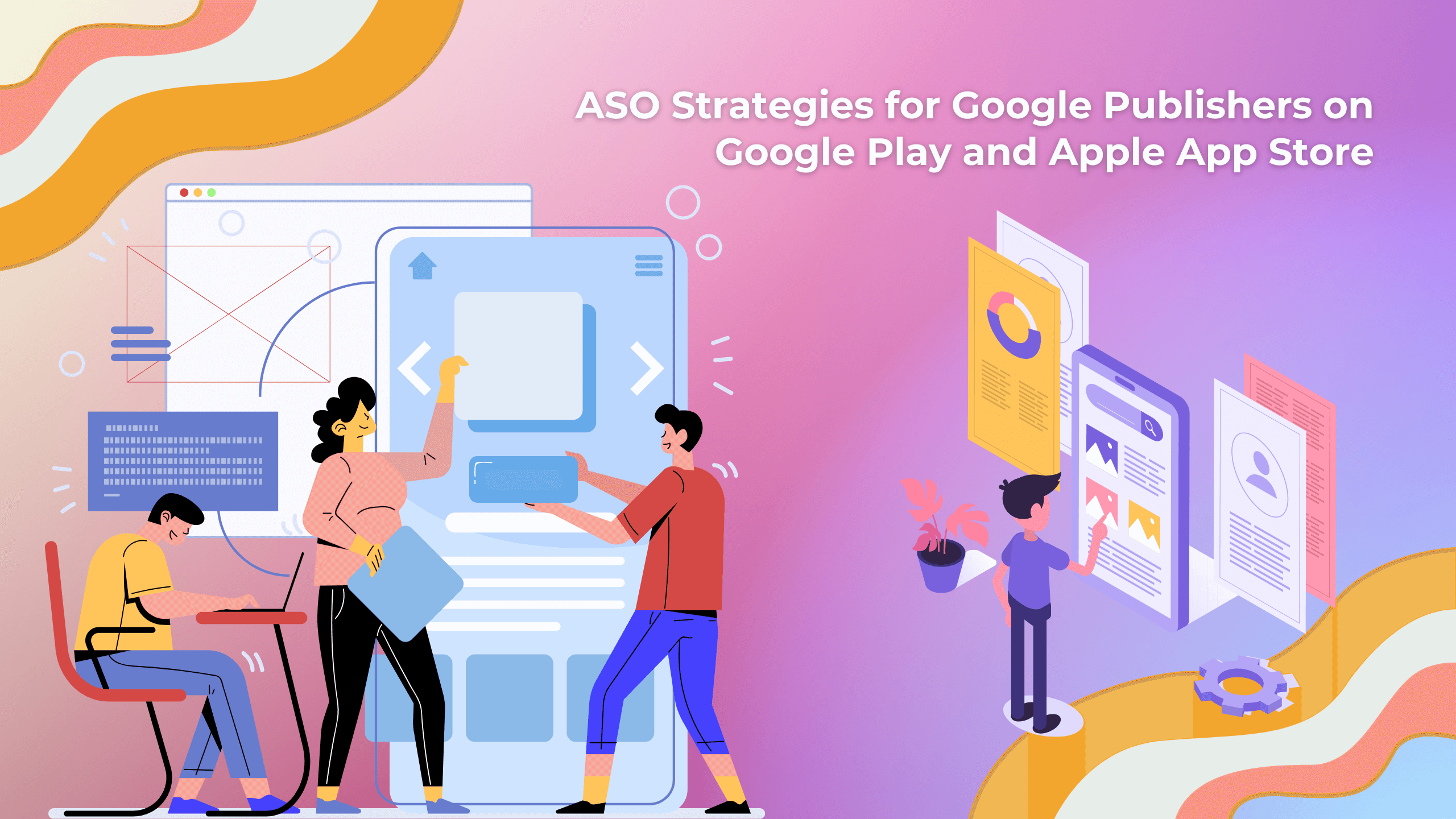In the dynamic world of digital advertising, understanding and effectively utilizing key metrics is crucial. One such metric that holds significant importance is cost per impression (CPM). In this blog, we’ll explore the intricacies of CPM, its relevance in modern advertising campaigns, and how advertisers can leverage it to maximize their success. Get ready to unlock the power of CPM and take your ad campaigns to new heights!
I. Overview of CPM:
Before delving into the details, let’s define CPM and understand its significance in the digital advertising landscape. Cost per impression (CPM) refers to the cost incurred for every thousand impressions of an advertisement. It provides advertisers with valuable insights into their campaign reach and serves as a foundation for budgeting and performance evaluation.
II. The Relevance and Impact of CPM:
In today’s context, where advertisers strive to optimize their marketing efforts, CPM plays a crucial role in achieving campaign objectives. By understanding the relevance and impact of CPM, advertisers can make informed decisions and drive effective ad strategies. CPM allows advertisers to:
1. Measure Campaign Reach:
CPM provides a clear view of how many impressions an ad receives, allowing advertisers to gauge the extent of their campaign’s reach. It enables them to assess the potential exposure their brand or message receives among their target audience.

2. Optimize Costs:
With CPM, advertisers gain better control over their advertising expenses. By knowing the cost associated with each impression, they can allocate budgets more efficiently and optimize their spending to maximize return on investment (ROI).
3. Assess Performance:
CPM serves as a key performance indicator (KPI) for ad campaigns. Advertisers can use it to evaluate the success of their campaigns, track impressions delivered, and assess the overall impact on their target audience.
III. Key Components and Features of CPM:
1. Calculation and Formula:
Understanding how CPM is calculated is essential. The formula involves dividing the total cost of an ad campaign by the number of impressions generated and multiplying it by 1000 to represent the cost per thousand impressions.

2. Reach and Impressions:
Impressions are the number of times an ad is displayed to users, while reach refers to the total number of unique users who have been exposed to the ad. CPM provides valuable insights into these metrics, allowing advertisers to evaluate the efficiency of their ad delivery.
3. Pricing Models:
CPM is associated with different pricing models, such as fixed CPM, dynamic CPM, and programmatic CPM. Each model has its own implications for advertisers. Fixed CPM involves a predetermined price per thousand impressions, while dynamic and programmatic CPMs rely on real-time bidding and algorithmic optimizations to determine the cost based on supply and demand dynamics.
IV. Benefits and Advantages of CPM:
1. Cost Efficiency:
One of the key benefits of CPM is its cost efficiency. Advertisers pay for the number of impressions delivered rather than clicks or conversions, enabling better control over their advertising budgets.
2. Brand Exposure:
CPM allows advertisers to maximize brand exposure by reaching a larger audience through impressions. By delivering their message to a broader set of users, advertisers can enhance brand visibility and create stronger brand recognition.
3. Performance Measurement:
CPM provides advertisers with a tangible metric to measure and evaluate the performance of their ad campaigns. By tracking impressions and comparing them against campaign objectives, advertisers can assess the effectiveness of their messaging and creative strategies.
4. Targeted Reach:
Advertisers can optimize their ad campaigns by leveraging CPM to reach specific target audiences. By focusing on impressions, advertisers can ensure that their ads are being seen by the right people, improving the relevance and impact of their campaigns.
V. Use Cases and Examples:
1. Display Advertising:
Consider a retail brand launching a new product. By utilizing CPM, the brand can target specific demographics and serve impressions to potential customers who are more likely to be interested in their offering. This precise targeting helps maximize the impact of the ad campaign and increase brand visibility.
2. Video Advertising:
Imagine a streaming platform looking to promote its latest original series. By leveraging CPM, the platform can deliver video impressions to a relevant audience, ensuring that users who are interested in similar content are exposed to the ad. This approach increases the likelihood of engagement and drives higher viewership for the series.

VI. Best Practices and Tips:
1. Define Clear Objectives:
Establish clear campaign objectives aligned with the CPM pricing model. Whether it’s brand awareness, lead generation, or sales, aligning objectives will help optimize ad performance and measure success effectively.
2. Targeted Audience Segmentation:
Utilize data and audience insights to segment your target audience effectively. By leveraging user data, demographics, and behaviour patterns, advertisers can refine their audience targeting strategy, ensuring that impressions are delivered to the most relevant and engaged users.

3. Ad Placement Optimization:
Experiment with different ad placements and formats to maximize impressions and engagement. Test various platforms, websites, and placements to identify the most effective combinations that generate optimal results.
VII. Challenges and Considerations:
1. Ad Fraud and Viewability:
Advertisers must be vigilant about ad fraud and ensure viewability to make the most of their impressions. Employing fraud detection tools, partnering with reputable platforms, and optimizing ad placements can mitigate the risk of fraudulent impressions and ensure that impressions are visible to users.
2. Ad Blockers:
The rise of ad-blocking software poses a challenge to CPM-based advertising. Advertisers need to consider the potential impact of ad blockers on impression delivery and explore strategies to ensure impressions reach the intended audience.
VIII. Future Trends and Implications:
1. Programmatic Advertising:
Programmatic advertising is expected to continue growing, revolutionizing the way impressions are bought and sold. The use of data-driven insights and automation will play a significant role in optimizing CPM-based ad campaigns.

2. Advanced Targeting Capabilities:
Advancements in data analytics and artificial intelligence will enhance targeting capabilities, enabling advertisers to deliver impressions with greater precision and relevance. These advancements will further enhance the effectiveness of CPM-based advertising.
IX. Conclusion:
In the ever-evolving digital advertising landscape, cost per impression (CPM) remains a vital metric for advertisers. By understanding the nuances of CPM, its benefits, and best practices, advertisers can optimize their ad campaigns, maximize reach, and drive impactful results. Embrace the power of CPM and unlock the full potential of your advertising strategies today!











